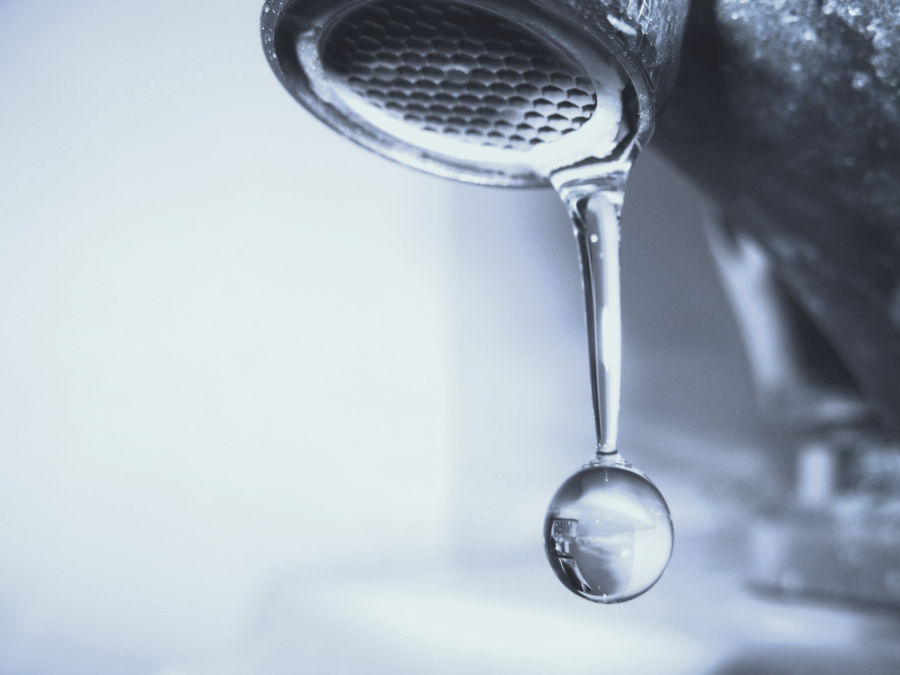What To Do When You Lose Water Pressure In Your Home
April 01, 2024

Experiencing a drop in water pressure in your home can be more than just a minor inconvenience; it's a significant issue that can disrupt the functionality of your plumbing system and, by extension, your daily life. Whether it affects showering, doing the dishes, or running your washing machine, a sudden decrease in water pressure can compromise your appliances' efficiency and overall comfort. Quickly addressing the issue can help minimize inconvenience and ensure you secure a spot on a qualified plumber's schedule if professional intervention is needed.
In this article, we'll explore:
- Causes of low water pressure
- Step-by-step solutions for addressing low water pressure
- Preventative measures
Find out how a loss of water pressure can happen and what you need to do about it. Also, learn ways to prevent it from happening in the future, ensuring you can count on the pressurized water you expect when you need it.
Keep your plumbing system flowing with help from the experts at Ranshaw Plumbing & Heating.
We've been helping area homeowners with their plumbing services for over 60 years, and we make sure to do the job right the first time, so you don't have to worry about costly follow-up service calls.
Causes of Low Water Pressure
When your plumbing's water pressure is reduced, there are a limited number of sources for the problem between your city's water supply and your faucets. If the issue stems from your municipal utility company, there isn't much you can do, and you'll need to wait it out. Otherwise, the trouble with your water pressure is likely coming from your pipes, valves, water heater, or faucets. Leaks and blockages in any of these areas are the most common causes of low water pressure.
Step-by-Step Solutions for Addressing Low Water Pressure
Some issues with low water pressure can be handled on your own, but a few will require the help of an experienced plumber to ensure they are resolved correctly — and with safety in mind. To figure out whether your problem requires the help of a professional, work through the following steps.
Step 1: Determine the Affected Area
You can narrow down the potential trouble spot by identifying which faucets are impacted by your low water pressure. If it's the whole house, it's likely your water main at play. One section of the house can only happen when the problem is a pipe specific to that area. If it's just one faucet, the issue is more localized.
Step 2: Check Hot and Cold Water
Verify whether the pressure changes when switching between your hot and cold water. If your pressure issues only affect your hot water, it's likely an issue with your water heater, which should be addressed via a service call from a professional plumber.
Step 3: Start with Your Valves
Depending on which faucets are affected, check your valves first to ensure they are in the open position. If only one faucet is impacted, look at the shut-off valve for that faucet. If every faucet has low pressure, check the main shut-off valve in your home. If the main valve is fine, your pressure-reducing valve (PRV) might be the problem, but this will require a visit from your plumber to address it.
Step 4: Examine Your Faucets
If only one faucet is experiencing issues, it could be a problem with the faucet itself. It may be partially blocked by loosened mineral deposits. You can check for this by removing your faucet's aerator to check for these deposits. If you don't see evidence of deposits, the faucet may be faulty and needs to be replaced.
Step 5: Contact a Plumber
If you've been unable to identify the problem on your own, or if the issue requires a professional touch, such as a water heater repair or leaky pipes, it's time to call your favorite plumber. Not only will they get your water flowing again, but they can also verify that no other issues are at play.
Preventative Measures
You can take proactive steps to reduce the likelihood of encountering water pressure issues. Promptly repairing leaks as soon as they're detected is crucial to preventing more significant problems. Regularly cleaning faucets and showerheads to remove buildup can help maintain clear water flow. Staying on top of water heater maintenance is essential for ensuring your system runs smoothly. For homes that consistently suffer from low water pressure, considering the installation of a water pressure booster system might provide a more permanent solution.
Our skilled plumbers are always ready to handle all your plumbing needs.
When you schedule your plumbing services with Ranshaw Plumbing & Heating, you can trust we'll show up to your home on time and provide accurate prices upfront so you know the impact on your budget before we begin.
